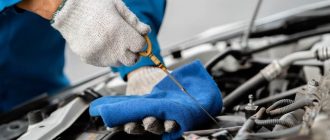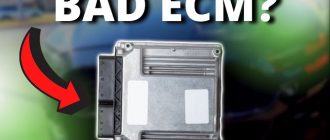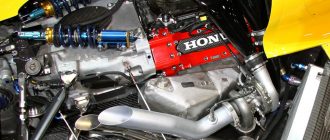- Car Engine Won’t Start? Here’s What to Do
- Step 1: Check the battery
- Step 2: Check the starter
- Step 3: Check the fuel system
- Step 4: Check the ignition system
- Step 5: Check the computer
- If you have checked all of the above and your car still won’t start, you may need to take it to a mechanic. The mechanic will be able to diagnose the problem and perform the necessary repairs.
- Here are some additional tips to keep in mind:
- Conclusion
Car Engine Won’t Start? Here’s What to Do
When your car engine won’t start, it can be a frustrating and stressful experience. However, there are a few things you can do to troubleshoot the problem and get your car up and running again.
Step 1: Check the battery
The battery is the most common cause of car engine problems. If the battery is dead or weak, it will not be able to provide the power needed to start the engine. To check the battery, use a voltmeter to measure the voltage. The battery should have a voltage of at least 12.6 volts. If the voltage is below 12.6 volts, the battery may need to be replaced.
Step 2: Check the starter
The starter is the component that cranks the engine. If the starter is faulty, it will not be able to engage the flywheel and start the engine. To check the starter, use a multimeter to measure the voltage at the starter solenoid. The voltage should be at least 12 volts. If the voltage is below 12 volts, the starter may need to be replaced.
Step 3: Check the fuel system
The fuel system delivers fuel to the engine. If the fuel system is faulty, the engine will not be able to get the fuel it needs to run. To check the fuel system, inspect the fuel lines and fuel filter for any leaks or blockages. You can also check the fuel pump to make sure it is working properly.
Step 4: Check the ignition system
The ignition system provides the spark that ignites the fuel in the engine. If the ignition system is faulty, the engine will not be able to start. To check the ignition system, inspect the spark plugs and ignition wires for any damage or corrosion. You can also check the ignition coil to make sure it is working properly.
Step 5: Check the computer
The computer controls the various components of the engine. If the computer is faulty, it can prevent the engine from starting. To check the computer, use a scan tool to read the diagnostic codes. The diagnostic codes can help you identify any problems with the computer.
If you have checked all of the above and your car still won’t start, you may need to take it to a mechanic. The mechanic will be able to diagnose the problem and perform the necessary repairs.
Here are some additional tips to keep in mind:
- If your car has been sitting for a long period of time, the battery may be dead. Try jump-starting the car to see if that solves the problem.
- If you have recently added fuel to your car, the fuel may be contaminated. Try draining the fuel tank and adding fresh fuel.
- If you have recently had work done on your car, the mechanic may have accidentally disconnected a wire or hose. Check all of the connections to make sure they are secure.
Conclusion
If your car engine won’t start, don’t panic. There are a few things you can do to troubleshoot the problem and get your car up and running again. By following the steps outlined above, you can increase your chances of solving the problem yourself.




